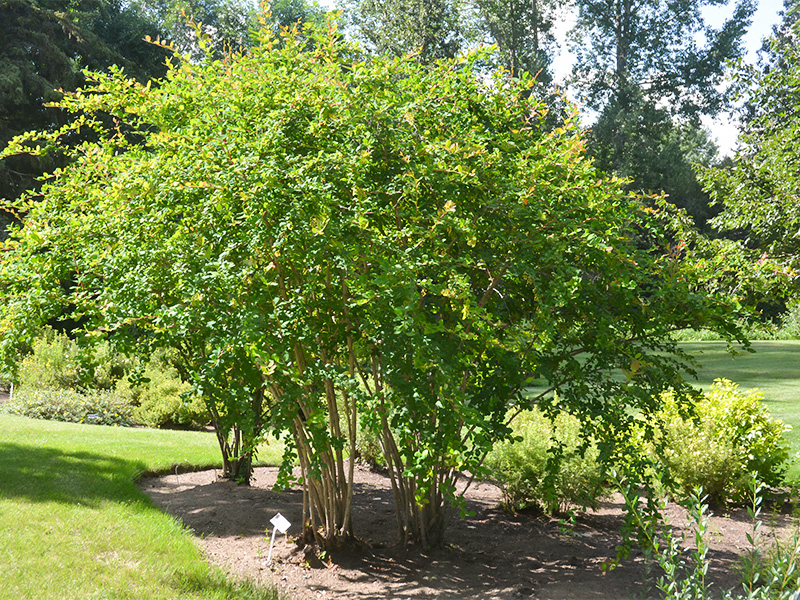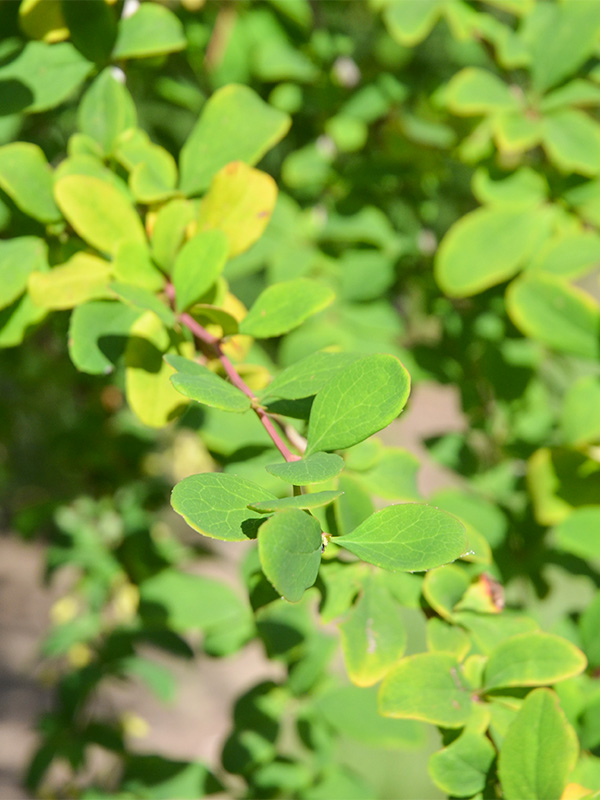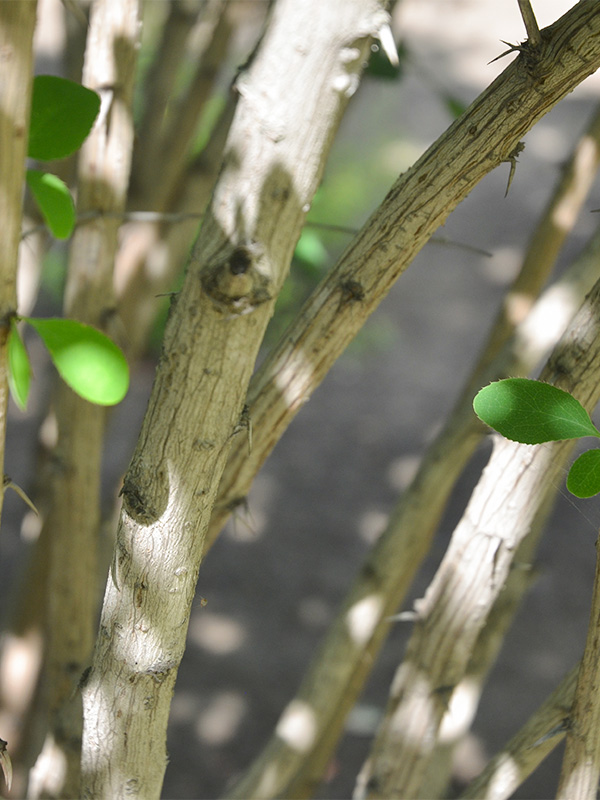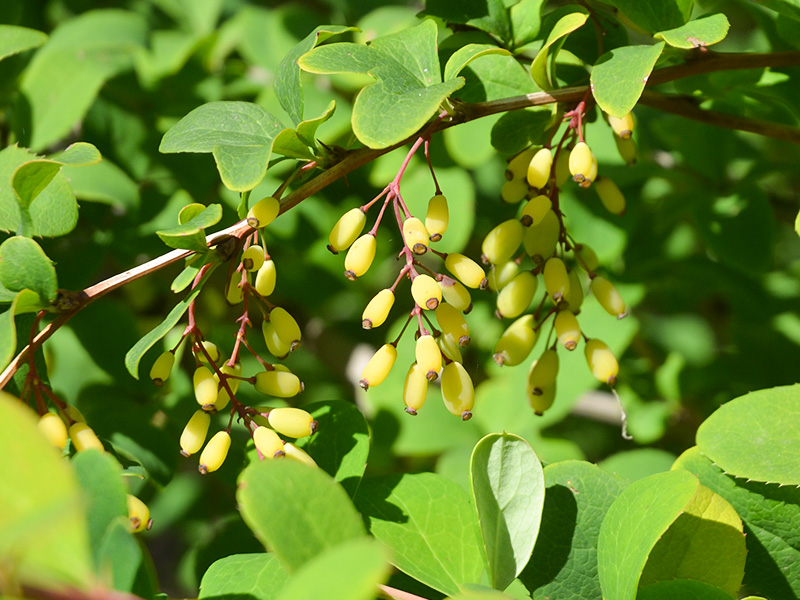
Woody > Berberis > Berberis koreana > Berberis koreana
Berberis koreana
Korean Barberry
Origin: Native to east Asia including Japan and Korea.
| Family |
| Berberidaceae |
| Genus |
| Berberis |
| Species |
| koreana |
| Category |
| Woody |
| Type |
| Shrub (deciduous), Shrub (evergreen) |
| USDA Hardiness Zone |
| 3 - 7 |
| Canadian Hardiness Zone |
| 4 - 6 |
| RHS Hardiness Zone |
| H7 |
| Height |
| 120 - 180 cm |
| Spread |
| 120 - 180 cm |
Photographs
Description and Growing Information
Flowering Period
| Landscape |
| Bed, borders, hedges, screens, informal, cottage and traditional gardens. |
| Cultivation |
| Full sun and partial-shade. Deer and drought tolerant. Moist, well-drained soil with acid, alkaline and neutral pH. Does well in clay, loam and sand. |
| Shape |
| Dense, oval to rounded, upright and small form. |
| Growth |
| Medium |
| Flower/Leaf Bud Description |
| The stems are reddish-brown in colour, glabrous and have clusters of 1 -5 spines, 3 -5 mm long at the nodes. |
| Leaf Description |
| Simple, alternate and elliptical leaves. 2.5 - 7.5 cm long with a serrated margin and a rounded apex. May drop or partially drop in autumn. |
| Flower Description |
| Pendulous clusters of showy flowers. |
| Fruit Description |
| Oval, egg-shaped berries, 3 - 5 mm long maturing in mid-autumn and persisting through the winter. |
| Colour Description |
| The fruit is bright red in colour. The flowers are yellowish-gold. The leaves are a dark green that turn to a dramatic maroon to deep purple in autumn. The stems are red. |
| Notable Specimens |
| The Devonian Botanic Gardens, Devon, Alberta, Canada. |
| Propagation |
| Seed and cutting. |
| Ethnobotanical Uses (Disclaimer) |
| The fruit can be eaten raw or cooked. The young leaves can be cooked. The plant contains berberine which is purported to have anti-tumour and anti-bacterial properties. |



